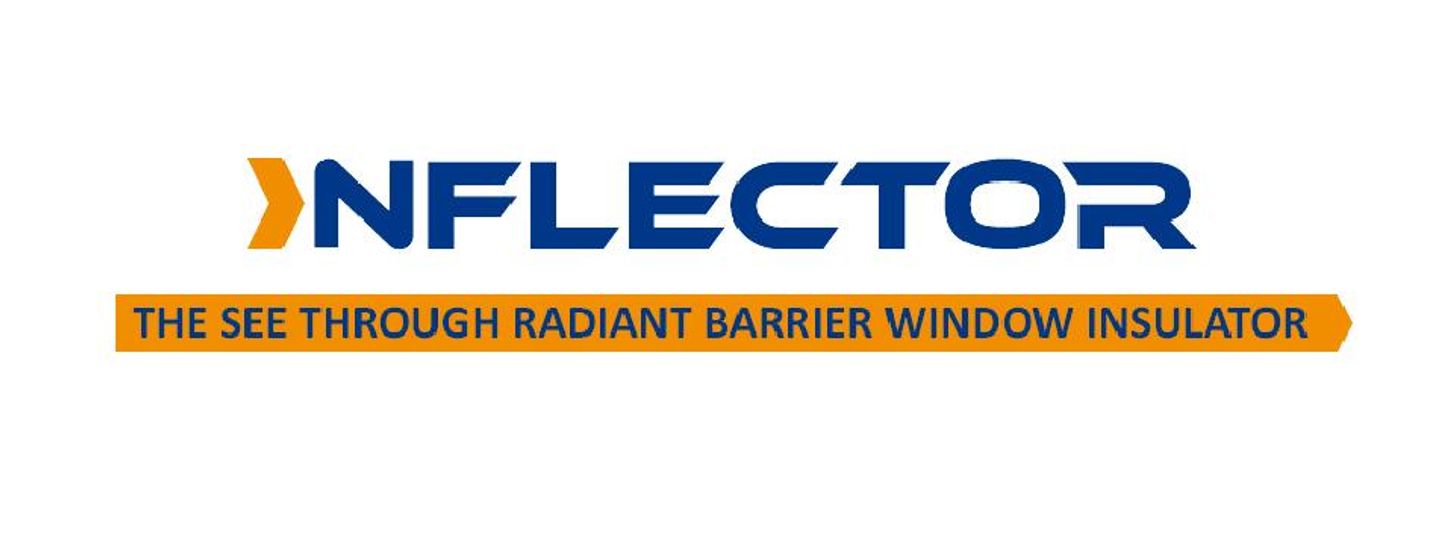

- Home
- Companies
- Energy Efficiency Done Right (EEDR)
- Articles
- Reversing governments dysfunctional ...
Reversing governments dysfunctional energy policy
We have known for a very long time that we should “Reduce Before You Produce” as a matter of practice regarding all forms of energy. National, state, and local governments have largely missed the message and that comes at a huge cost nationwide that make it much harder to reach energy demand and carbon emission reduction goals. It has been proven in many energy efficiency measure tests that reducing a watt of energy use is much cheaper than producing a new watt of energy. Still today all levels of government put most of their money and effort in producing energy. True much of that production is now renewable energy but energy efficiency remains the best primary focus. If we could maximize our energy demand reduction we could “right size” our power production.
Now we have another confirmation of the importance of focusing on energy demand reduction. If you have not read the CleanTecnica article “Energy Efficiency Is Cheaper Than Gas” or the previously published NRDC Expert Blog by Sheryl Carter you should. This adds to the sound argument for a strong steady shift to first focusing money and effort into self-funding or very cost effective energy efficiency programs before energy production, even renewable energy!
That recent research, “conducted by Lawrence Berkeley National Laboratory, estimated that the cost of utility customer-funded energy efficiency programs averaged out to 40 cents per therm between 2012 and 2017. For comparison, the national average retail price of natural gas over the same period was about a dollar per therm. In 2018, U.S. households and businesses spent roughly $65 billion on utility-supplied natural gas, while natural gas utilities spend only about $1.3 billion per year on energy efficiency programs.”
From a 2018 ACEEE post it was revealed “Not only is efficiency abundant and inexpensive, it’s also necessary to meet the broader US goal to cut emissions 80% by 2050. In a 2017 report released by the Natural Resources Defense Council, energy efficiency made the largest contribution to mitigating emissions (including reductions in vehicle miles traveled in the transportation sector) — larger than renewables, and almost as much as renewables and end-use electrification combined.”
Also importantly from that same post- energy efficiency is crucial to ensuring the transition to a 100% clean energy future is effective, low cost, and equitable.
If, as extensive testing and studies has shown and experts have long said, Reduce Before You Produce is our logical path forward we need to implement it as a first priority now! A great first step would be to isolate efficiency programs that would self-fund and then scale them up. For example, the Strategic Option for Climate Change Mitigation chart shows that the very best mitigation option is Insulation Improvements with an estimated return of over 150%! Funding needed insulation improvements on government and large business buildings could easily be set up to self-fund with tremendous energy demand and carbon emission reduction benefits.
Should we as a country or as a good global citizen continue to focus on new power generation when there are extraordinary ways to dramatically reduce our power demand while reducing carbon emissions? The money saved could fund much of that new power generation and insure we reach our carbon emission reduction goals.
